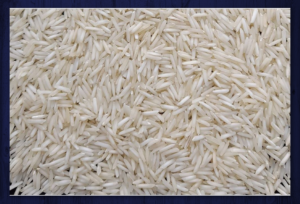PARBOILED RICE
The parboiling process causes the nutrients, particularly thiamine (vitamin B1), to move from the outer layers of the rice kernel to the endosperm. As a result, parboiled rice retains more nutrients compared to regular white rice. It is often considered a healthier option. Parboiled rice has a distinct amber or golden color, which is a result of the treatment process. This color sets it apart from white rice. Parboiled rice has a firmer texture compared to regular white rice. The grains tend to be less sticky and more separate after cooking. This makes it a good choice for dishes where distinct, non-clumping grains are desired. Parboiled rice can be used in a variety of dishes, including pilafs, casseroles, and rice-based main courses. It’s a versatile option in the kitchen.






Reviews
There are no reviews yet.